Fosi Audio V3 Mono HiFi Amplifier – Twofold Music Punch Expansion
Fosi Audio v3 is a Mono Power Amplifier priced at $169 USD per piece, or $338 USD for the pair of amplifiers that we’re reviewing today. This is a Class D Amplifier, with modular OP-AMPs, which can accommodate both Sparkos and Burson Audio OP-AMPs, and which is a basic, but highly efficient AMP. Today we will go in-depth with our review exploring the V3 mono and its usage, and also explore how they compare to other entry-level Power Amplifiers, including Fosi Audio V3 (129 USD), SMSL AO300 (289 USD), and Arylic A50+ (200 USD).
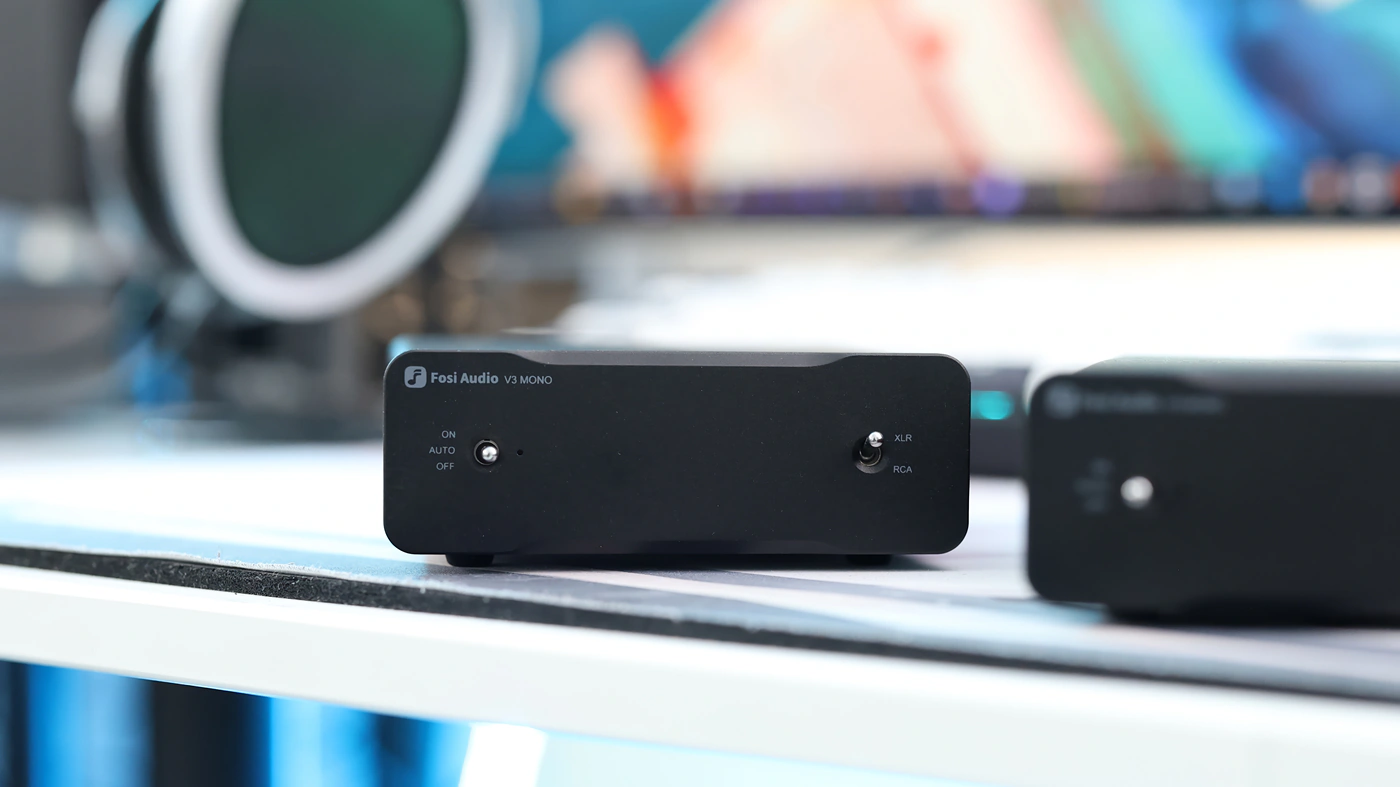
Introduction
Fosi Audio is now a new standard in audio quality for those seeking HiFi and high quality audio for an entry-level price. V3 Mono is a new Mini Monoblock, so you will need to order a pair to get them going, and they come with a vast selection of technological marvels, although as with most Fosi Audio products, the price is kept low, for everyone to afford and enjoy music. As an Amazon Influencer, I earn from qualifying purchases, and using the purchase links in my reviews helps me maintain this website and Youtube Channel. Huge thanks to Fosi Audio for providing us with the sample for this review.
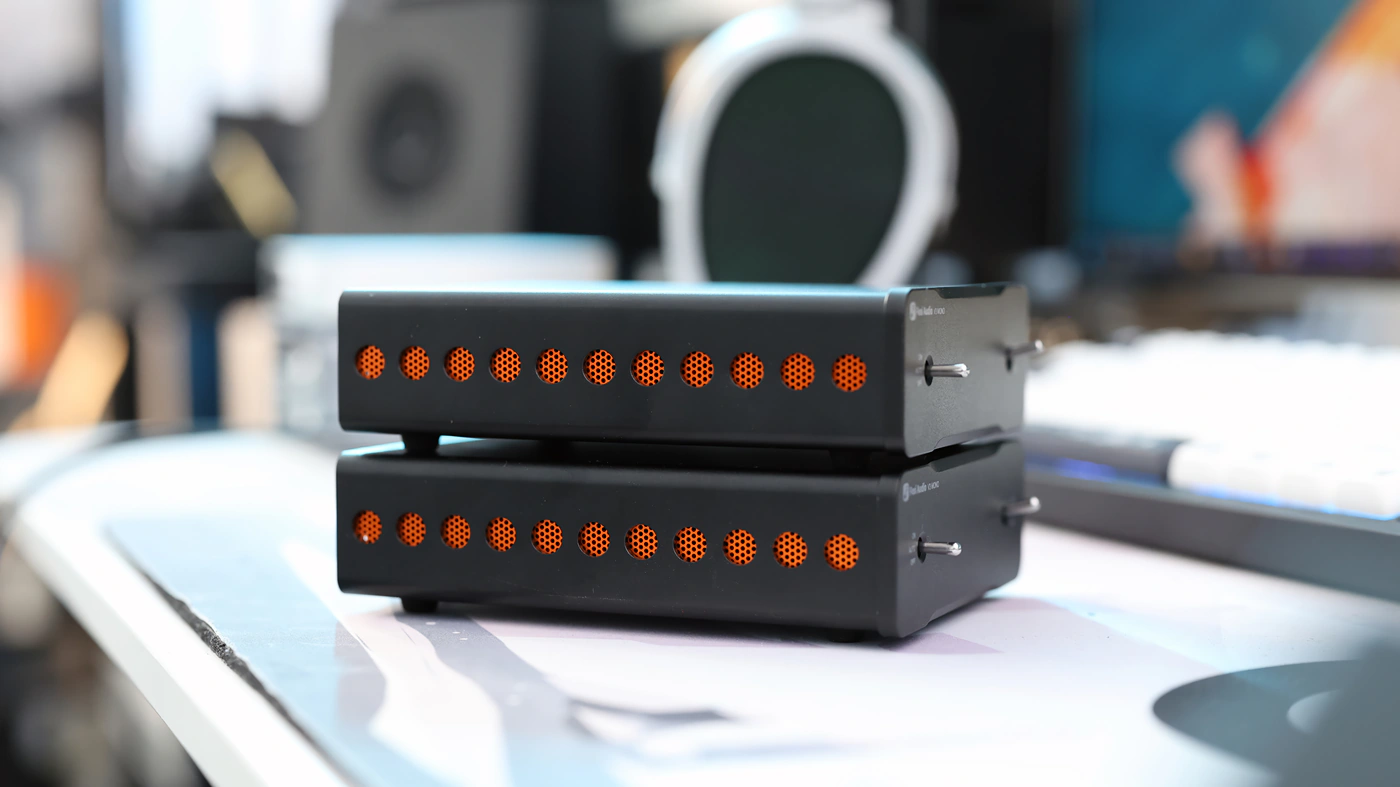
PROs – Excellent performance for the price point, beautiful and stealthy design, good temperature control, Class D economical power amplifier, turns off automatically after 10 minutes, and turns on when it detects an incoming signal, great package with a simple usage that is effective.
Cons – Very loud clicks when the unit turns on and off, if you buy them individually, each unit needs its own power brick which is large and heavy, and needs its own available power socket.
Product Link
Amazon – https://amzn.to/4dsUejc
Aliexpress – https://s.click.aliexpress.com/e/_DmiFKkt
Build Quality/Aesthetics
The shape and design f the Fosi Audio V3 Mono is really simplistic, as this is a small, edgy-looking power amplifier, with two switches at the front, and one speaker output at the back. The two stitches at the front can switch between keeping the V3 Mono turned on, Off, or Auto, which is a mode that automatically turns it off after 10 minutes when no signal is received. The other selector allows you to choose the input, between RCA and XLR.
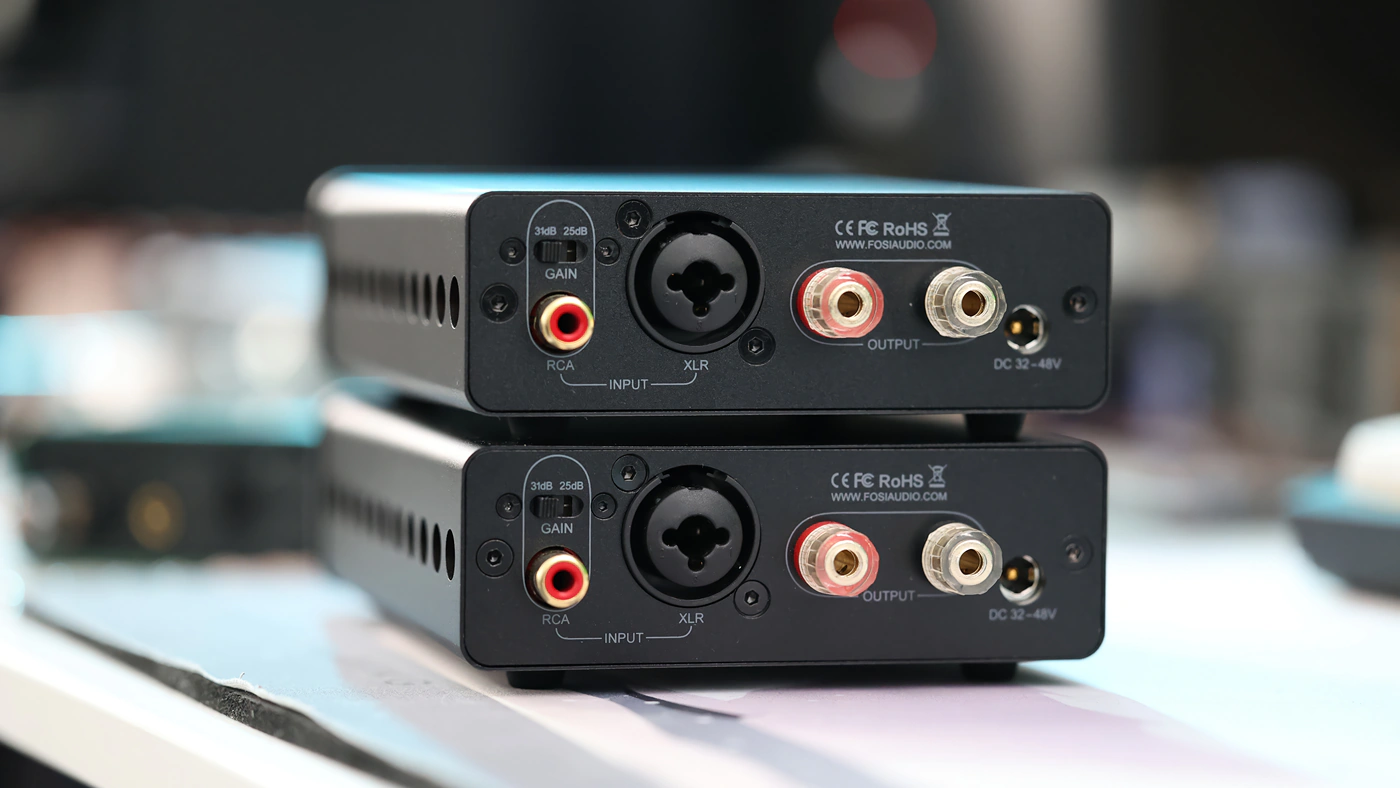
Fosi Audio has a Class D Amplifier inside of the V3 Mono, and it comes with a new PFFB Technology, also named Post-Filter Feedback Integrated Technology, hugely improving the sound compared to the V3 that we have reviewed in the past. Although V3 Mono is compact, it is also impressively performant delivering up to 240W of power. The 240W of power is delivered for a 4 OHM impedance, with the power brick that we have in for review, at 1 kHz at 1% THD. It is possible for V3 Mono to offer up to 300W of power, but it is not usable as the THD at 300W grows to 10%.
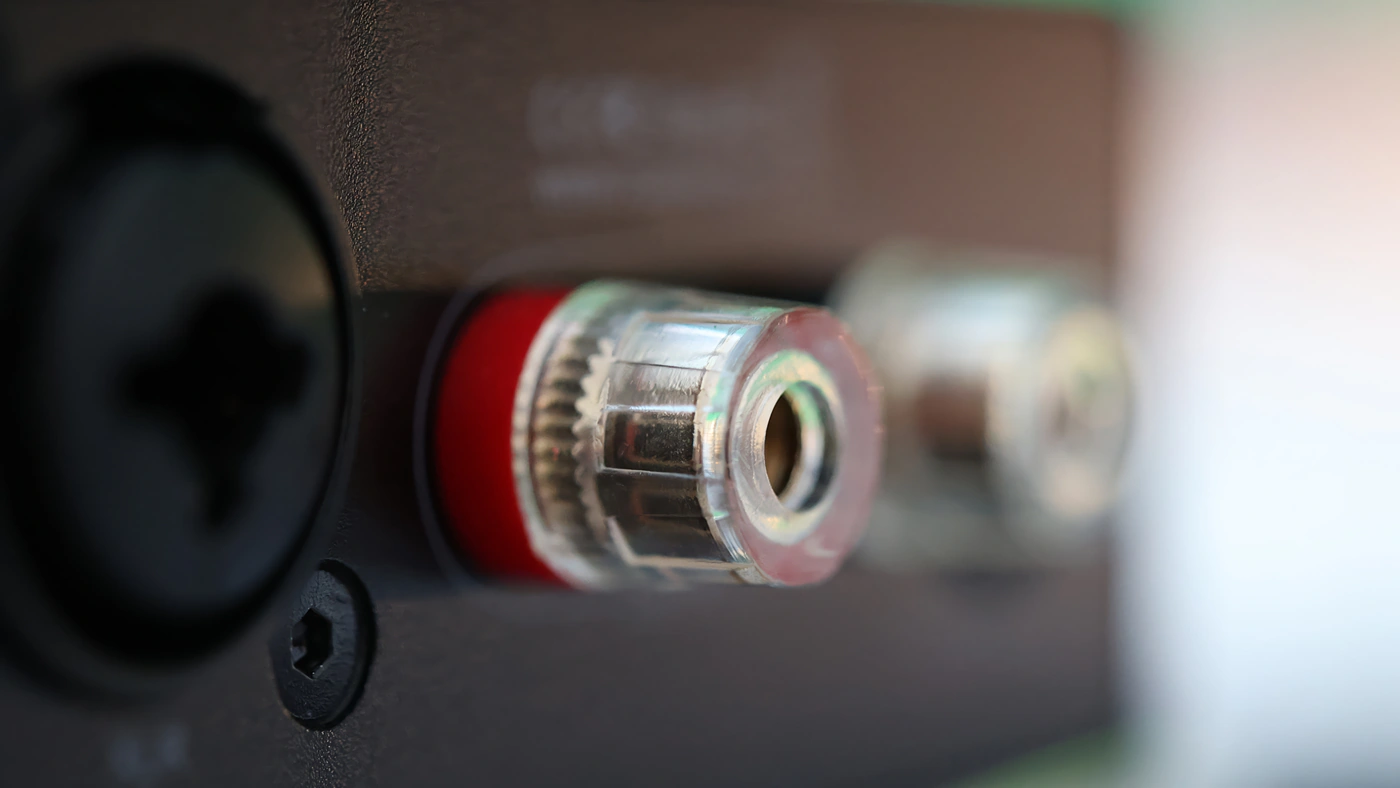
As the design is Mono, with two separate blocks, V3 Mono adds zero crosstalk between channels, compared to a stereo amplifier. It is still possible that your DAC will have some crossfeed, but you can be at peace knowing the AMP will not have any. The OP-AMPs are also replaceable, and Fosi Audio makes far less of a deal out of this than they should, as they have DIP8 replaceable OP-AMPs, inside of the V3 Mono.

The input list includes an RCA and an XLR Balanced input. Fosi strapped on a large Heatsink attached to the Class D AMP Chip, to avoid it overheating, and with Japanese ELNA Capacitors, with Nichicon filter Capacitors, and Soft Start Thermistors, along with German WIMA Capacitors, the circuit is fully able to compare even with high-end options.
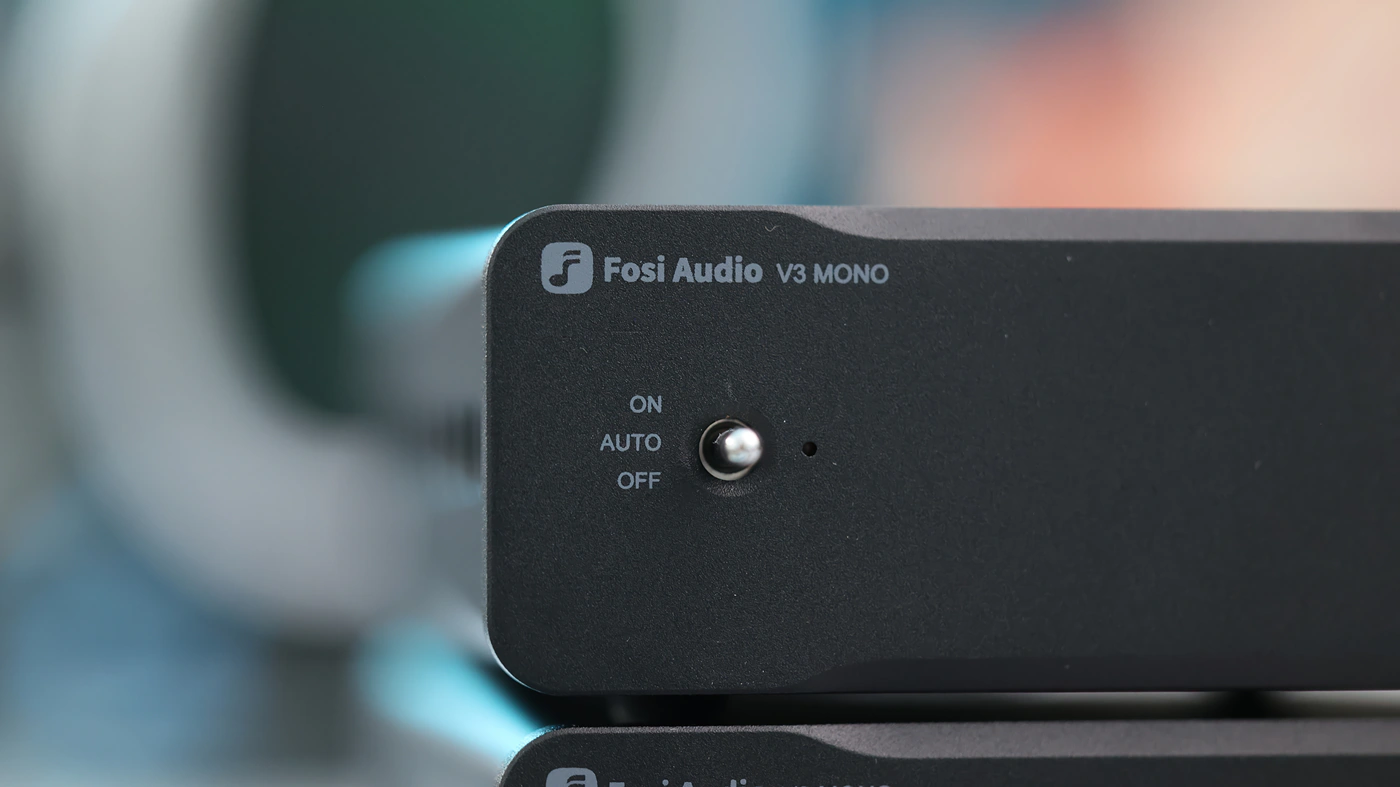
It is interesting to keep in mind that V3 Mono can be used for Stereo Channel setups, but also for steups with a larger number of channels, including 5.1 and 4.1 home cinema setups, where it is greatly more useful than Multi-Channel amplifiers that generally lack in quality and resolution. At the technical level, we have a SINAD of 101dB for the XLR and 93dB for the RCA inputs, and a SNR of 123dB. The dynamic range is 123 dB, and the THD at low levels is lower than 0.006% With a supported impedance between 2 and 8 OHMs, and an input voltage of 32V – 48V, V3 Mono is literally comparable to most high-end amplifiers.
Subjective Usage
In my subjective experience, the V3 Mono works perfectly well, there is no background noise, no added delay. There is a very loud click that the devices make when the sound turns on, so if you don’t play anything in 10 minutes you will hear a click that signals the amplifiers have turned off, and when you do play something, you will also hear a loud click announcing that the amplifiers have turned on. Those clicks are coming from the amplifier, not seen in the speakers, it is the op-amp relay that makes an audible click.
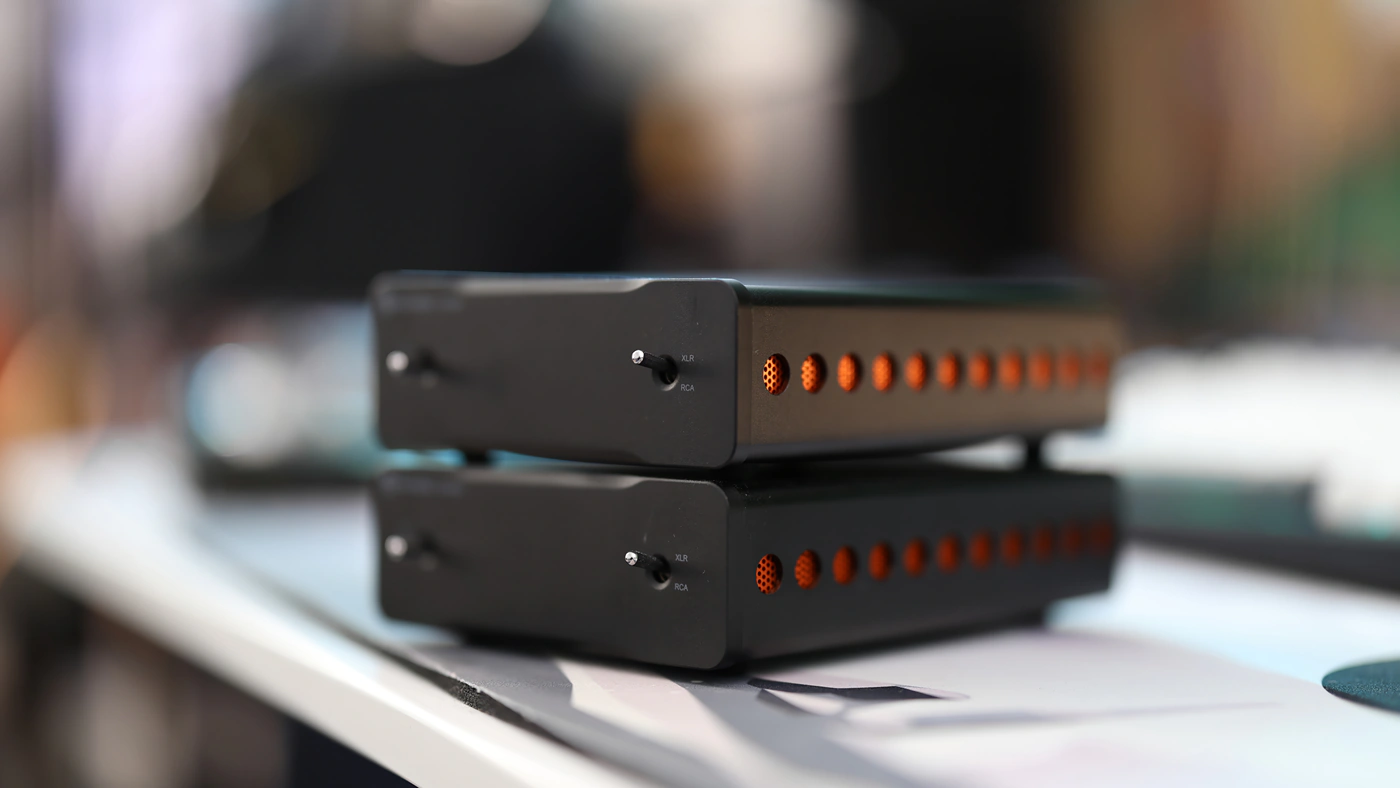
There is no background noise coming from the AMP if there is no music playing, and it is not ultra sensitive to DACs, even DACs with a higher noise floor will show no background noise. In fact, V3 Mono is super quiet and clean, and works perfectly well, overall once you set it up, you can set it to Auto and forget about the AMPs. It does get warm or even hot during usage, so it would be best to keep two V3 mono besides each other and not on top of each other as I keep them in my photos..
Sound Quality
Pairings – To test the V3 mono I have used two units, connected either via RCA or XLR, to a series of DACs including FiiO K11 R2R, Burson PlayMate 2, Dethonray Listening M1, FiiO K9 PRO ESS, SMSL DO400, Khadas Tone 2 PRO, and Keces S3 DAC. When the DAC does not have volume control, I had introduced the Feliks Audio Echo 2 as the Preamp, which is the main pre I have been using ever since Feliks Audio released it. To add to the fun, I have paired the V3 mono with all the latest speakers I have been reviewing and enjoying, including Audience 1+1, Pylon Audio Diamond 30 MKII, KLH Model Five, NHT C3, and Buchardt S400.
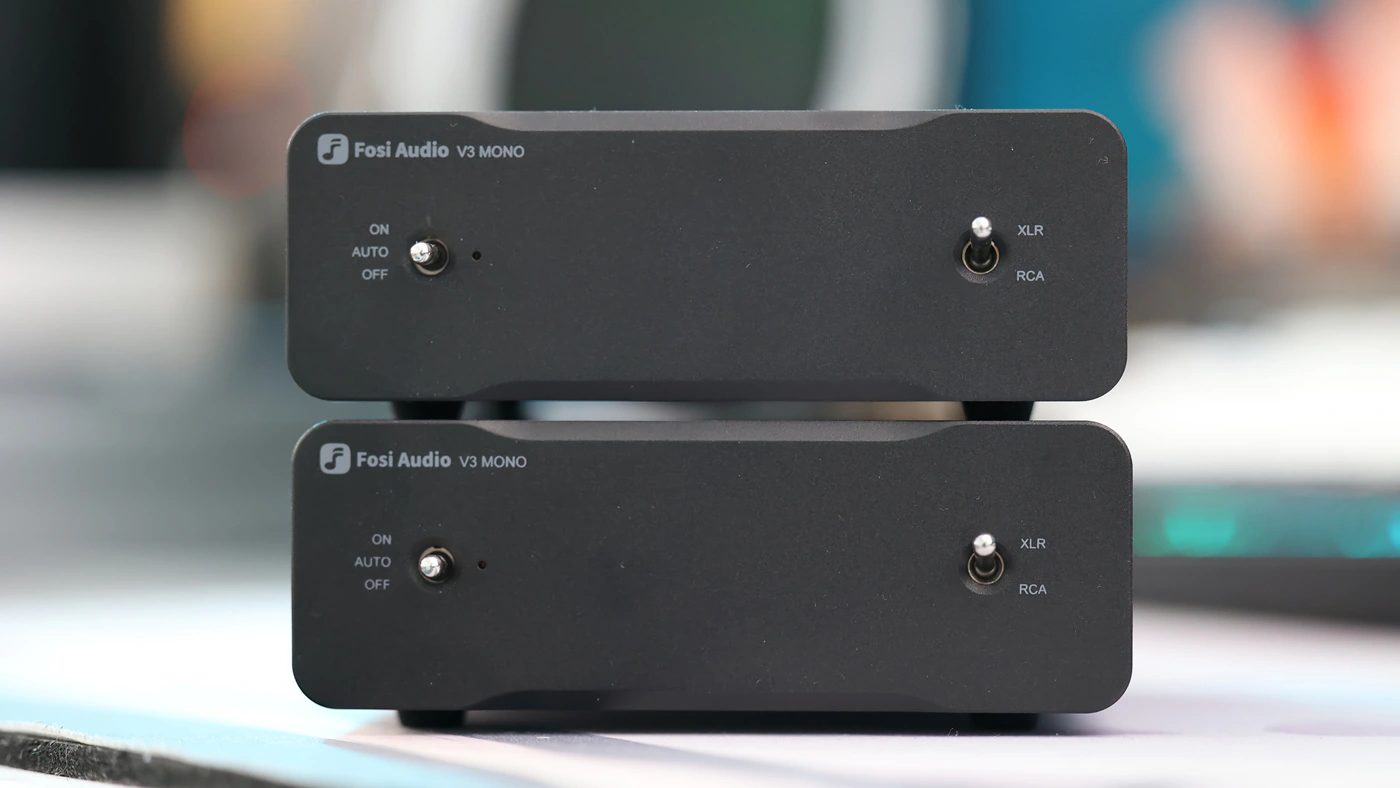
Overall Signature – Fosi Audio V3 Mono has a detailed sound, with more texture and more detail revealed than the vast majority of entry-level amplifiers, including an improved detail and resolution over the V3 Stereo. There is a certain sense of depth to music, and the soundstage when you have two monoblocks running at the same time, which is limited with most entry-level AMPS that show a high degree of cross channel feeding and a low separation.
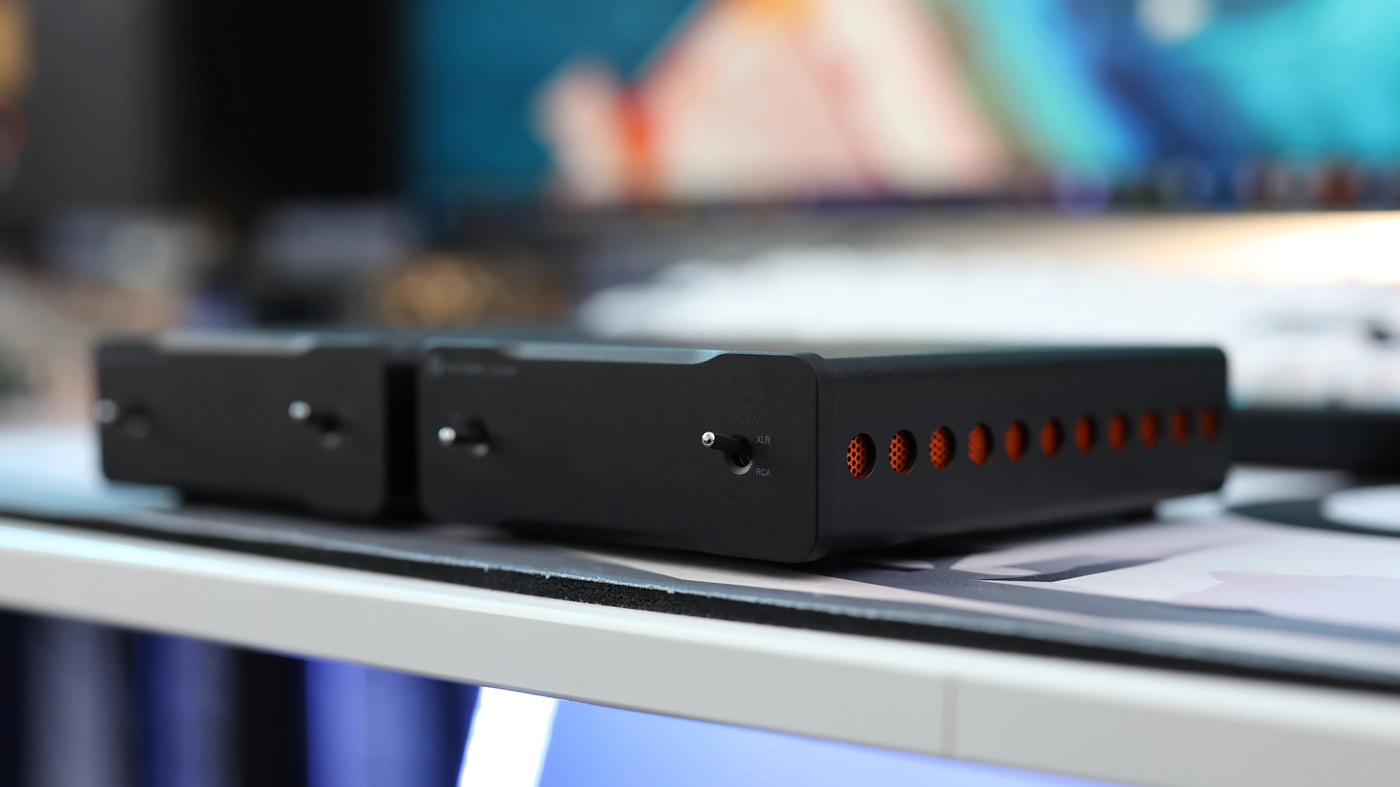
Bass – Bass is fairly warm and slow in speed, which creates a romantic presentation, and while the low-end extension can reach sub-bass nicely with certain speakers, this extension will be more than the speaker can achieve, as it is with most amplifiers, but to truly get the most out of V3, it can hold its ground with floorstanding speakers like Pylon Audio Diamond 30 MKII, showing bass as low as 50 Hz, with strong impact. This being said, with bookshelf speakers like NHT C3, the roll-off point happens higher, as you’d expect from the speaker physical limitation.
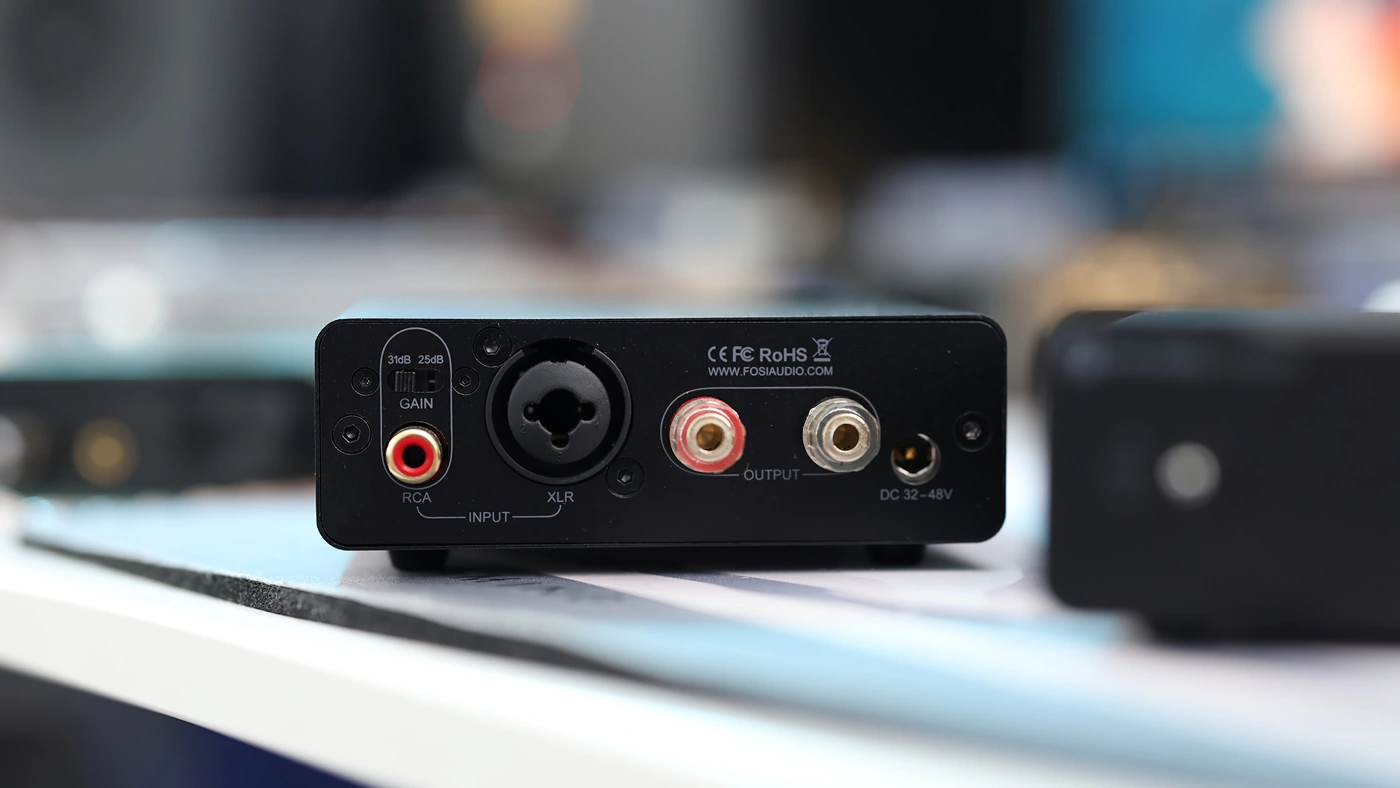
Midrange – This is where things start to get interesting for the V3, it has a colorful, full and smooth / rich sounding midrange, with plenty of detail and a good imaging / instrument separation, showing a strong texture and edge for electronic synths and even guitars, sounding more similar to a high-end Class D amplifier like Cyrus One Cast than an entry-level unit like SMSL AO300. The midrange seems to favor both male and female voices equally, you can expect a deep sound with strong resonance in the male voices, but also a sharp and brilliant presentation for female voices.
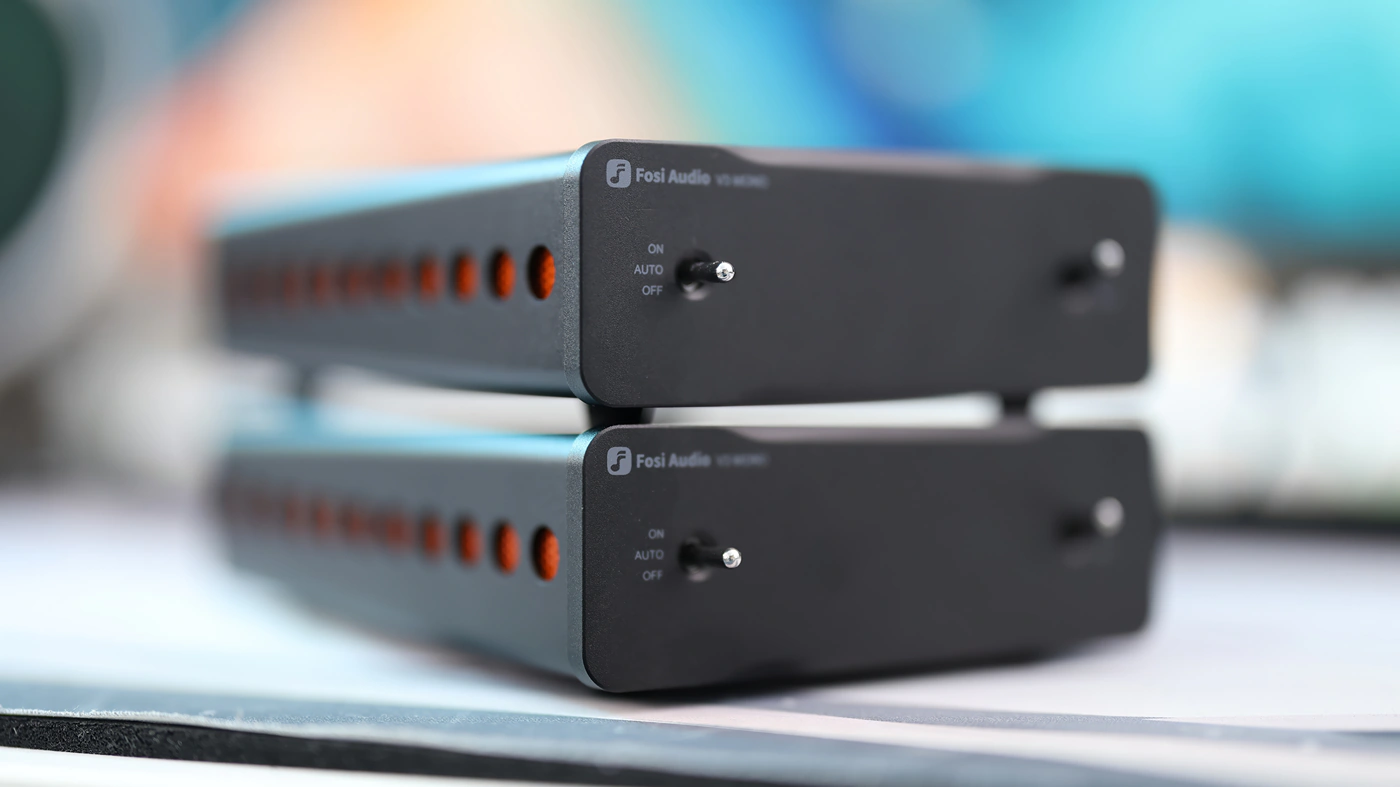
Treble – The treble extension is strong, but the treble character is fairly smooth and lean, with natural extension and clean presentation. There is no trace of fatigue, and with most speakers, it will sound relaxed and laid-back, although the sound is engaging and never boring / rolled-off. V3 Mono brings out the high-end extension and air in music without making it harsh.
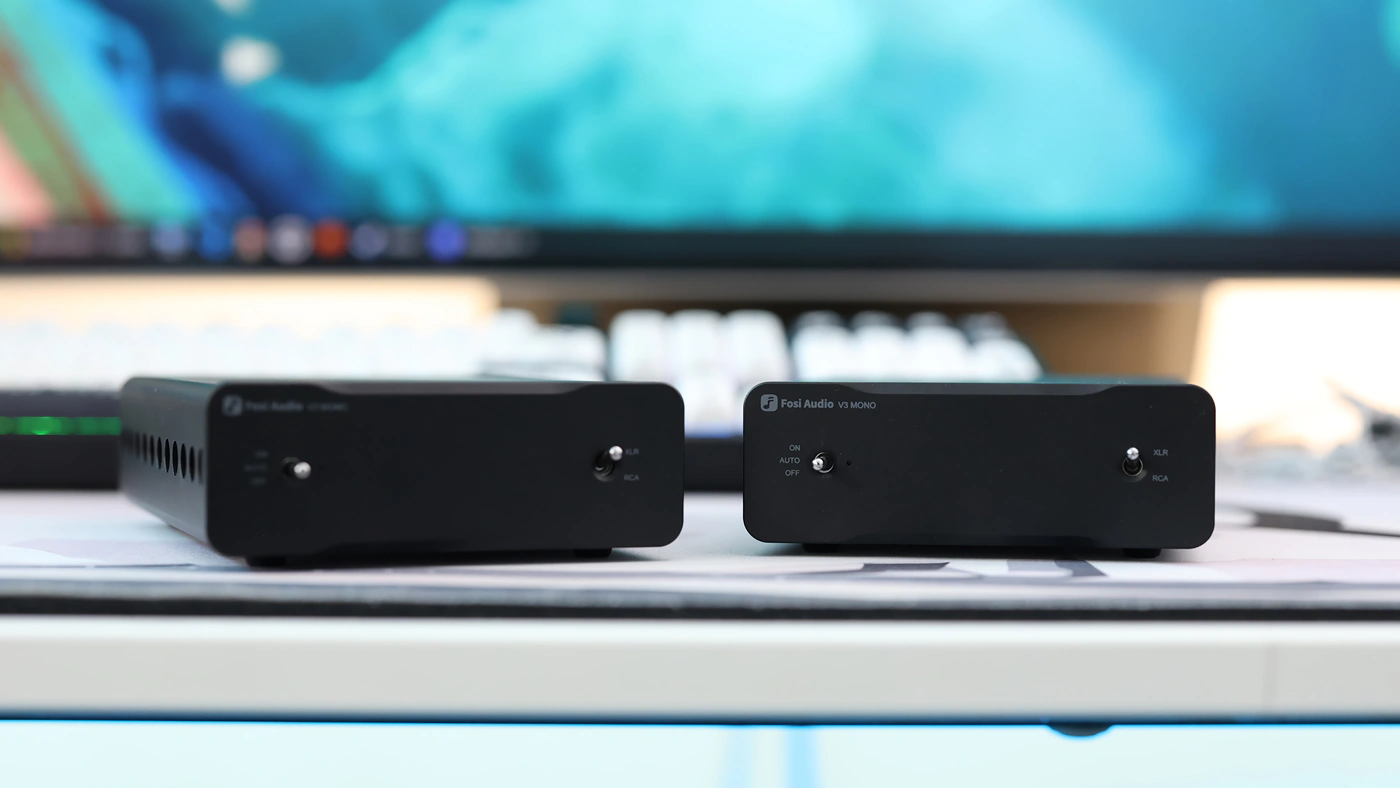
Volume Control – When it comes to listening quiet or loud, class D generally sounds a bit better at higher volumes, where it allows for more of the original signal to shine through, but V3 Mono sounds fairly clean and detailed both loud and quiet. The louder you go, the more dynamic, engaging and colorful the sound gets. I find it sounds best at medium and medium-high volumes, where the resolution is best, and where there is most bass depth and impact. The lower the volume, the more laid back and relaxed the sound gets, with less treble and less sharpness.
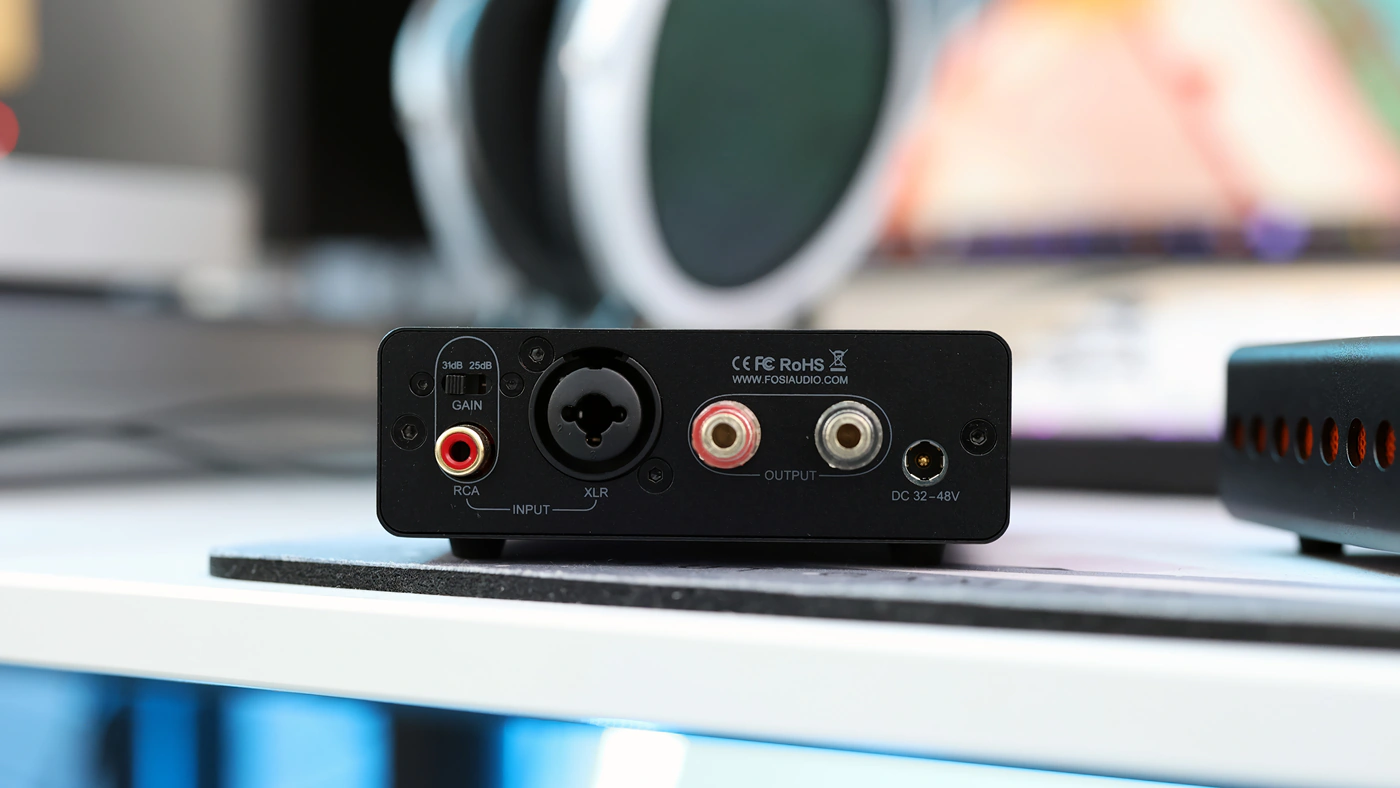
Dynamics / PRaT / Textures – Textures are far more evident and emphasized compared to most entry-level speaker amplifiers, as V3 Mono can effectively show grain, square waves and texture itself in both acoustic and electronic music, achieving one of the most detailed and highest resolutions in the entry-level range.
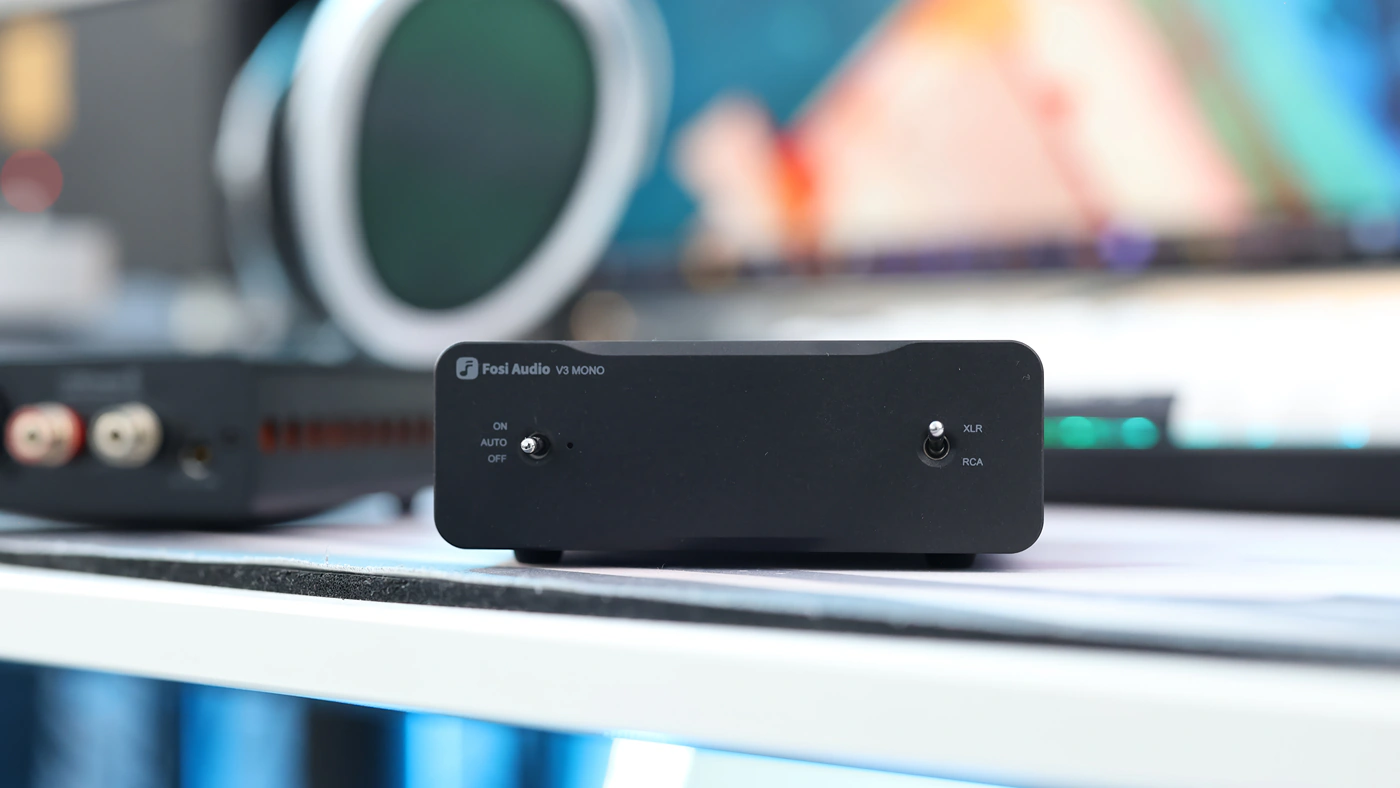
Soundstage – In the wild, V3 Mono will likely be purchased and used as a combo, where it shows far more width than when it is used in mono mode. The fun thing here is that running a Dual Mono setup, especially XLR balanced setup, will result in a far better stereo separation and imaging than most stereo sources of the same price class can offer, and this is audible with V3 Mono, layering, separation and imaging are far better than V3 Stereo, AO300 or other entry-level amplifiers. There’s a certain sense of air, space and width in music that is lost with most entry-level AMPs.
Comparisons
Fosi Audio V3 vs SMSL AO300 (338 USD vs 289 USD) – SMSL and Fosi Audio are competitors in the same sector, both offering high quality devices for entry-level prices, and with a high sound quality for the price paid. AO300 is a Stereo Amplifier / Headphone Amplifier and has a DAC inside, but as an AMP it does not have XLR inputs, and it has a lower driving power than Fosi Audio V3. Fosi created a unit with much better driving power, a much better sonic quality, improved resolution, and a wider sound with inherently better separation and lower background noise, although with less functions. AO300 is literally a more capable unit, but if you’re after the ultimate sonic quality, Fosi Audio V3 offers it much better.
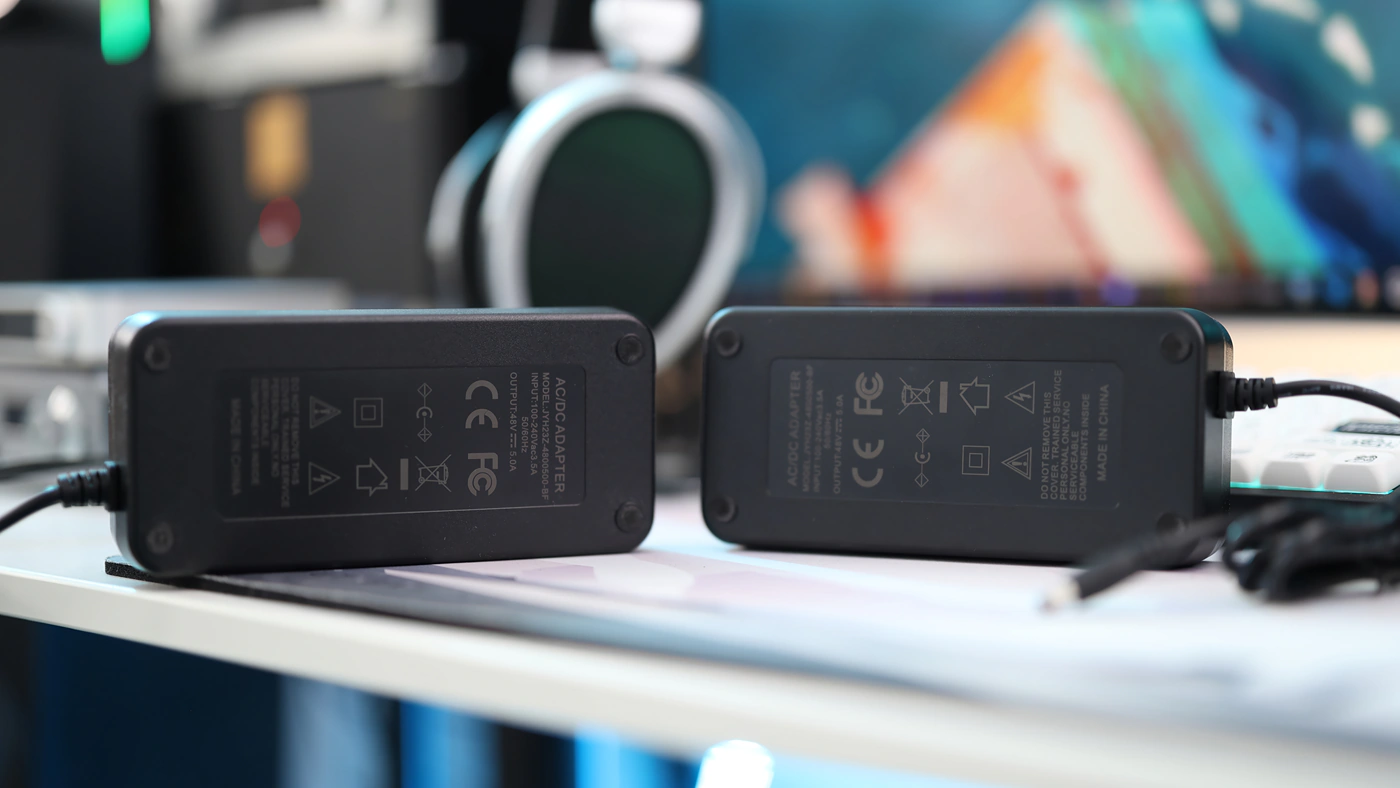
Fosi Audio V3 vs Arylic A50+ (338 USD vs 200 USD) – A50+ is a much smaller device, but you have to use the most uncomfortable connectors to actually connect speakers to A50, while V3 uses standard connectors and works just fine without an issue. V3 does not get as hot, and has a far higher driving power, more impact, better control and better sound in every way possible, including a better soundstage, and better punchiness in the sound. The only drawback I can think of when using V3 is that it needs a separate amplifier, while A50+ is a DAC / Streamer / Amplifier, and has more function, but less sonic quality. If you need a compact all-in-one unit, A50 can suffice, but for proper sonic quality and driving power, V3 Mono is a much better solution.
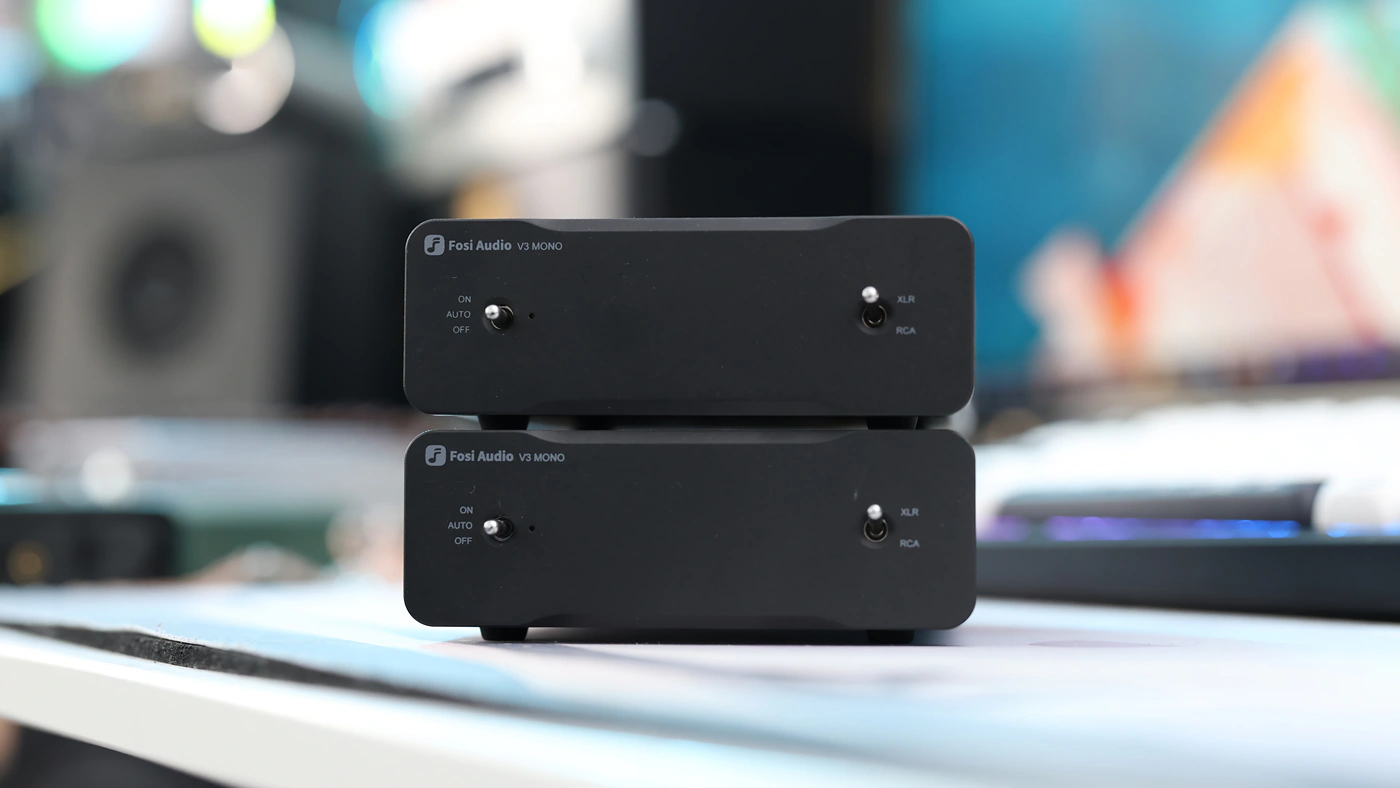
Fosi Audio V3 vs Fosi Audio V3 Stereo (338 USD vs 129 USD) – Fosi Audio made the V3 Stereo which is an efficient entry-level product but it was fun, and efficient at providing a high quality sound for a good price. This being said, V3 Stereo is a mono block, it has a far higher performance technically, has a better control, lower noise floor, lower distortion at high volumes, and does not get as hot / warm. I prefer the V3 mono far more than the V3 Stereo, Fosi Audio created a much better device in the Mono, and I think that the only similarity is the size, V3 Mono is an entirely different amp.
Value and Conclusion
Fosi Audio V3 Mono is much pricier than Fosi V3 Stereo, but there is no comparison, the sound is far better on the Mono, the resolution is improved far more than I expected the company would have did, and despise the price increase, V3 Mono is one of the most affordable MonoBlock and one of the highest best price / performance ratio monoblock on the market at this point.
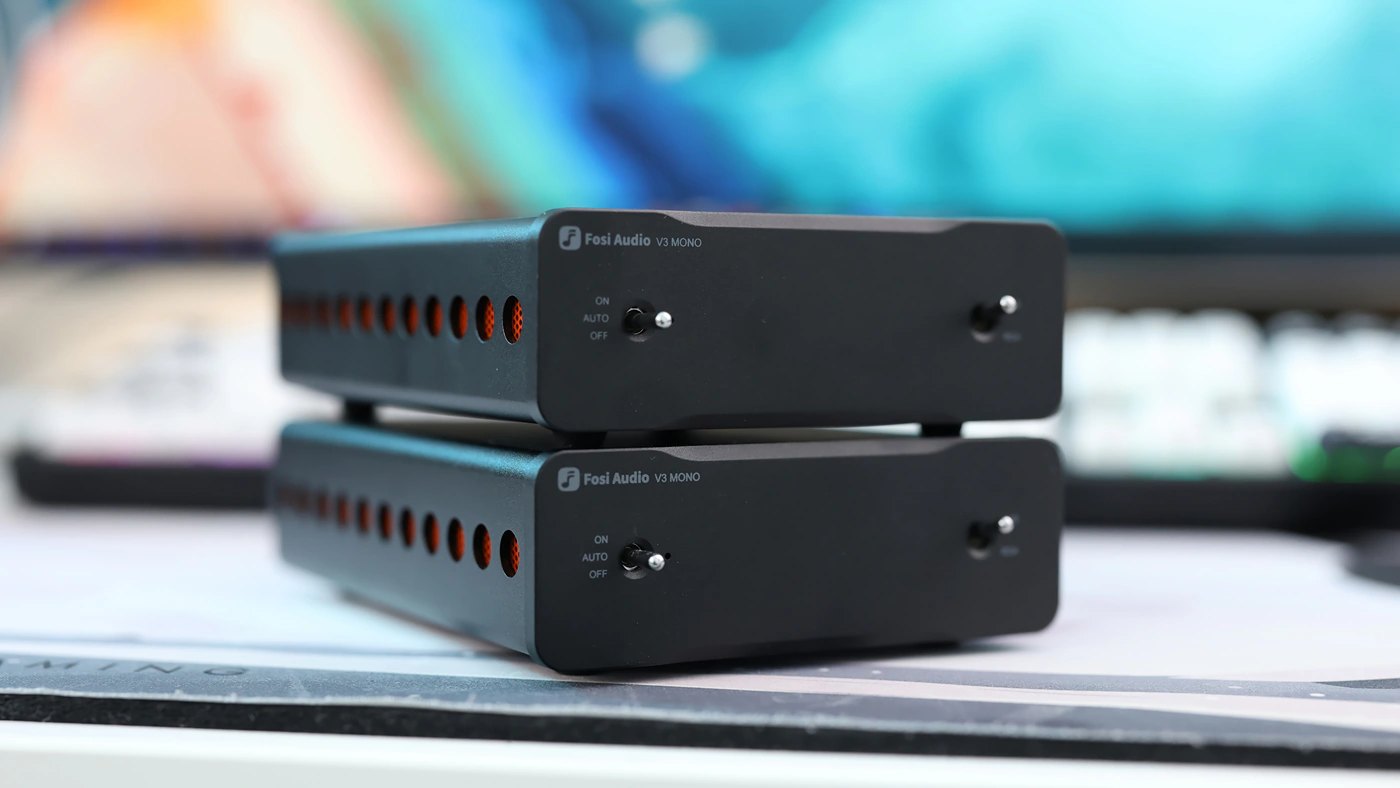
At the end of the day, if you’re looking for a high-end sound, but with an entry-level price point, if you fancy having mono blocks with absolute stereo separation, and a noise-free, controlled, powerful sound with a good texture revealing ability and clarity, Fosi Audio V3 Mono is a fully recommended purchase and an excellent offer you can grab today.
Product Link
Amazon – https://amzn.to/4dsUejc
Aliexpress – https://s.click.aliexpress.com/e/_DmiFKkt
--- Please remember to stay safe, and always have fun while listening to music!---
- If you have a dime to spare, please donate, and help us! It would make the day brighter for me and my wife-
Full Playlist used for this review
We listened to more songs than those named in this playlist, but those are excellent for identifying a sonic signature. I recommend trying most of the songs from this playlist, especially if you’re searching for new music! The playlists are different for Spotify, Tidal and Youtube, and based on the songs I enjoy and are available on each!
https://www.youtube.com/playlist?list=PL_cjBXGmwSHSdGcwuc_bKbBDGHL4QvYBu
https://open.spotify.com/playlist/5J3oloz8Riy9LxEGenOjQ0?si=979ba4f082414be7
https://tidal.com/browse/playlist/330fd544-8e5b-4839-bd35-676b2edbb3d5
--- Contact Us ---






I used to have two large and powerful class A/B mono blocks to drive my big high end floor standing speakers. I wondered what two of these tiny Fosi Audio Mono’s would sound like in my setup. I know, it’s a totally unfair and silly comparison. I went ahead and did it anyway, and boy, am I glad I did. The Fosi Mono’s don’t have the fat round low end that the class A/B mono’s have. Instead, bass sounds more lean and tight. Nothing wrong with that, just different. There’s plenty of power in those little V3’s to drive my big speakers with ease (I use them with the very good 48V/5A power supply). Mids and highs sound good. Lot’s of detail, without harshness. No problems at all. I do feel that they started to sound a bit more relaxed after the first couple of hours of use. The A/B mono blocks are probably a bit more laid back in the mids and highs. Different, not better or worse. Feed the V3’s anything and they will reproduce it with little or no coloration. All in all these Fosi Audio V3 Mono’s really surprised me. I mean, they really did! So much so, that I decided to sell my class A/B mono blocks, and install a pair of these tiny wonders. In fact, I even got myself an backup pair. You can’t go wrong with the current (November 2025) ridiculously low prices for a pair, right? Good audio for years to come. Tip: give them some breathing space and don’t stack them. If you do use them in a small or enclosed space like a cabinet (or in a warm climate), purchase one or two Fosi Audio silent fans to cool them. Even a small silent airflow will help. It makes a significant difference and will really help the longevity of the electronics inside.
Woah, really happy to heare you’re having so much fun!!